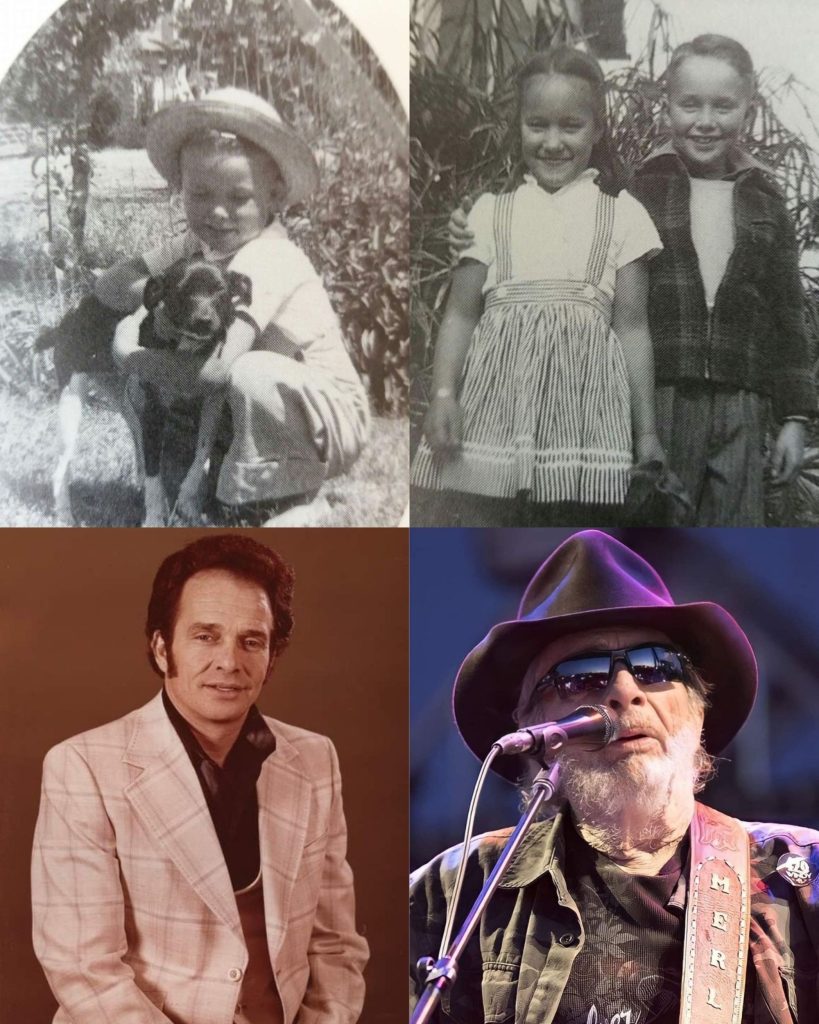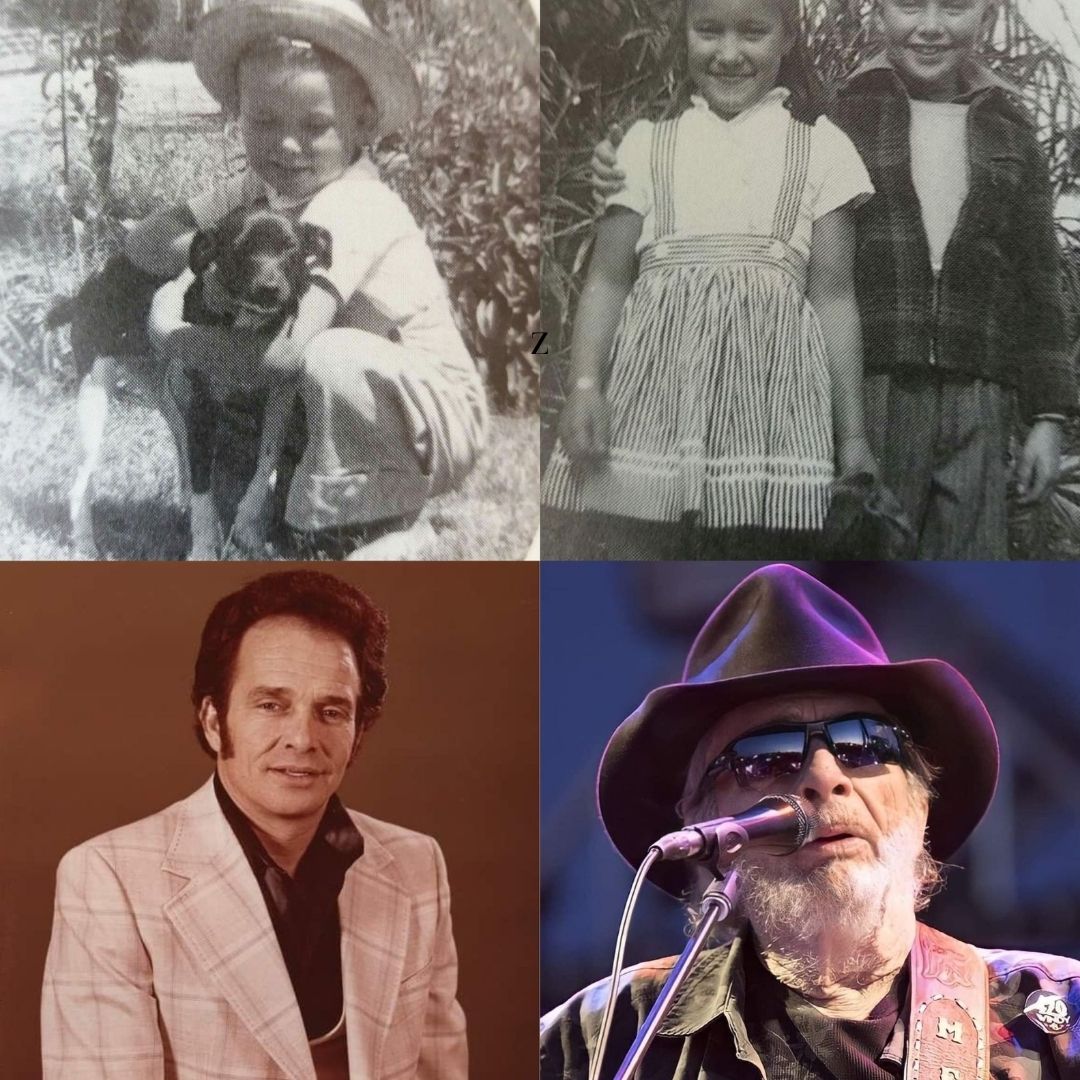
Born in a converted boxcar on April 6, 1937, in Oildale, California, Merle’s beginnings were as humble as they come. The son of Oklahoma migrants, Merle faced hardship early. His father passed away when Merle was just nine, a loss that left a lifelong imprint. Struggling with authority and structure, he found himself in and out of juvenile detention centers. Eventually, a botched robbery at age 20 landed him in San Quentin Prison. It was there, among hardened criminals and lost souls, that Merle’s life began its turn toward something greater.
In prison, he met an older inmate known as “Rabbit”—a man serving three life sentences. Rabbit’s advice to Merle was simple and profound: “You need to get out of here and do something with your music.” That advice became the guiding light of Haggard’s transformation. After witnessing Rabbit’s execution and hearing Johnny Cash perform in San Quentin, Merle resolved to change. He was released in 1960, and from that moment on, he walked a different path.
Merle began playing in honky-tonks around Bakersfield, gradually making a name for himself in a town bursting with raw country talent. His first breakout came with the song “Sing a Sad Song” in 1963, followed by a flood of hits that would reshape the genre. Unlike many of his contemporaries, Merle didn’t just sing country music—he lived it. Songs like “Mama Tried,” “Branded Man,” and “Sing Me Back Home” weren’t fictional—they were chapters of his life set to music.
He sang about the struggles of working men, the pain of regret, and the pride of the American heartland. Through the 60s, 70s, and beyond, Merle collected more than 40 number-one hits, over 100 Top 10 singles, and a legacy as one of country’s most influential voices. He collaborated with icons like Willie Nelson and George Jones, and earned accolades including Grammy Awards, a Kennedy Center Honor, and induction into the Country Music Hall of Fame.
Even near the end, as he battled illness, Merle continued to tour, write, and record. He passed away on April 6, 2016—his 79th birthday—on his tour bus, surrounded by family and the music that had defined his life. As Marty Haggard beautifully put it, only in America could a man go “from the jailhouse to the White House” in just over a decade.
Merle Haggard’s story is not just about fame. It’s about redemption, about finding purpose through pain, and about leaving behind something meaningful. His music still plays today, not just on radios, but in the hearts of millions. And as long as there are songs about real life, Merle Haggard will never be forgotten.
Video
